Kestrel Cam - live from the nest!
We are delighted to have a nesting pair of Kestrels who have made their home in the Castle’s thick walls. By a huge stroke of luck, they have chosen the same spot as the pair of Peregrines two years ago and we still have the camera set up from the nest cam we used back then.
We are very excited to share their journey into parenthood with you all. Scroll down to view the livestream nest cam! Here is the latest diary of events…
2nd May - first egg laid
4th May - second egg laid
6th May - third egg laid
8th May - fourth egg laid
11th May - fifth and final egg laid - now full time incubation can begin; the male and female share the role of incubator and will take in turns sitting on the nest while the other goes out to hunt for food and bring it back. It usually takes around 27-29 days from the first egg being laid for the eggs to hatch.
28th May - first egg hatches!
29th May - two more eggs hatch
30th May - fourth egg hatches
31st May - final egg hatches
Can you spot if it’s the male or the female sitting on the nest? They look similar but there are some handy tips to spot the difference between the two:
Male and female kestrels are quite distinct. The male has blue-grey feathers on its head and tail and chestnut-brown feathers on its back, whilst the female’s feathers are brown. An adult female sports dark bars across its tail, whilst an adult male has an all grey tail with a deep black band at its base. Both birds have yellow feet, a yellow rim around their eyes, and a trim of yellow skin above their beaks. Since our camera is in black and white, it’s easiest to identify the female by the bars/stripes across her back, whereas the male has spots instead.
Information courtesy of robertefuller.com
Fascinating information about how Kestrels care for their eggs can be found here
Other things to spot when watching the Nest Cam:
- watch them preen their feathers - using their beak, they take such care and attention to clean each feather one at a time
- see if you can spot the little ‘wiggle’ as they hunker down onto the eggs to keep them warm
- can you spot the partner returning with food for the parent in charge of incubation?
If you’d like to find our more about this magnificent bird of prey, click here.

